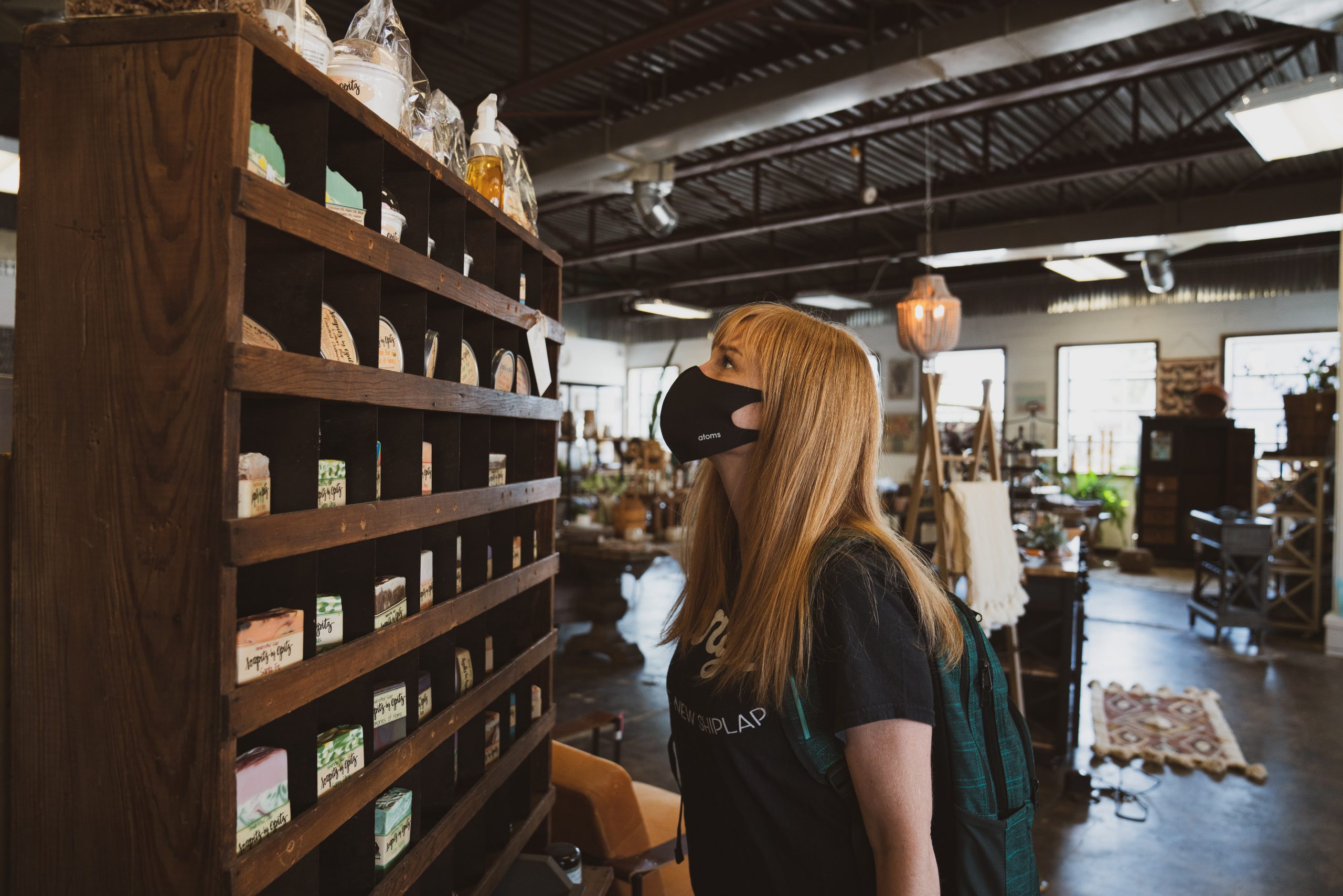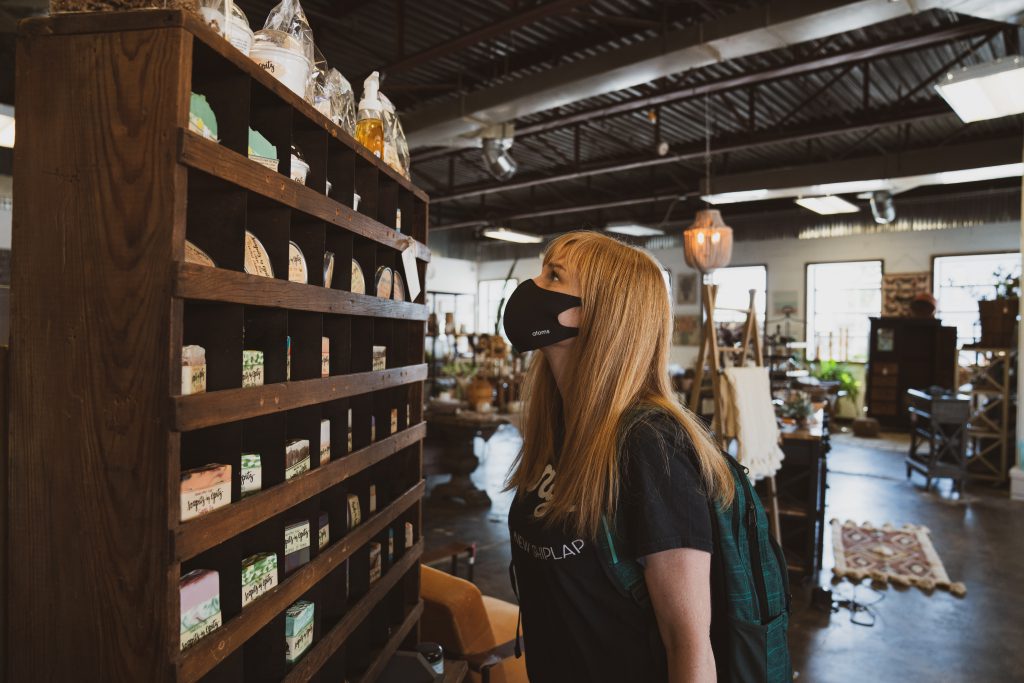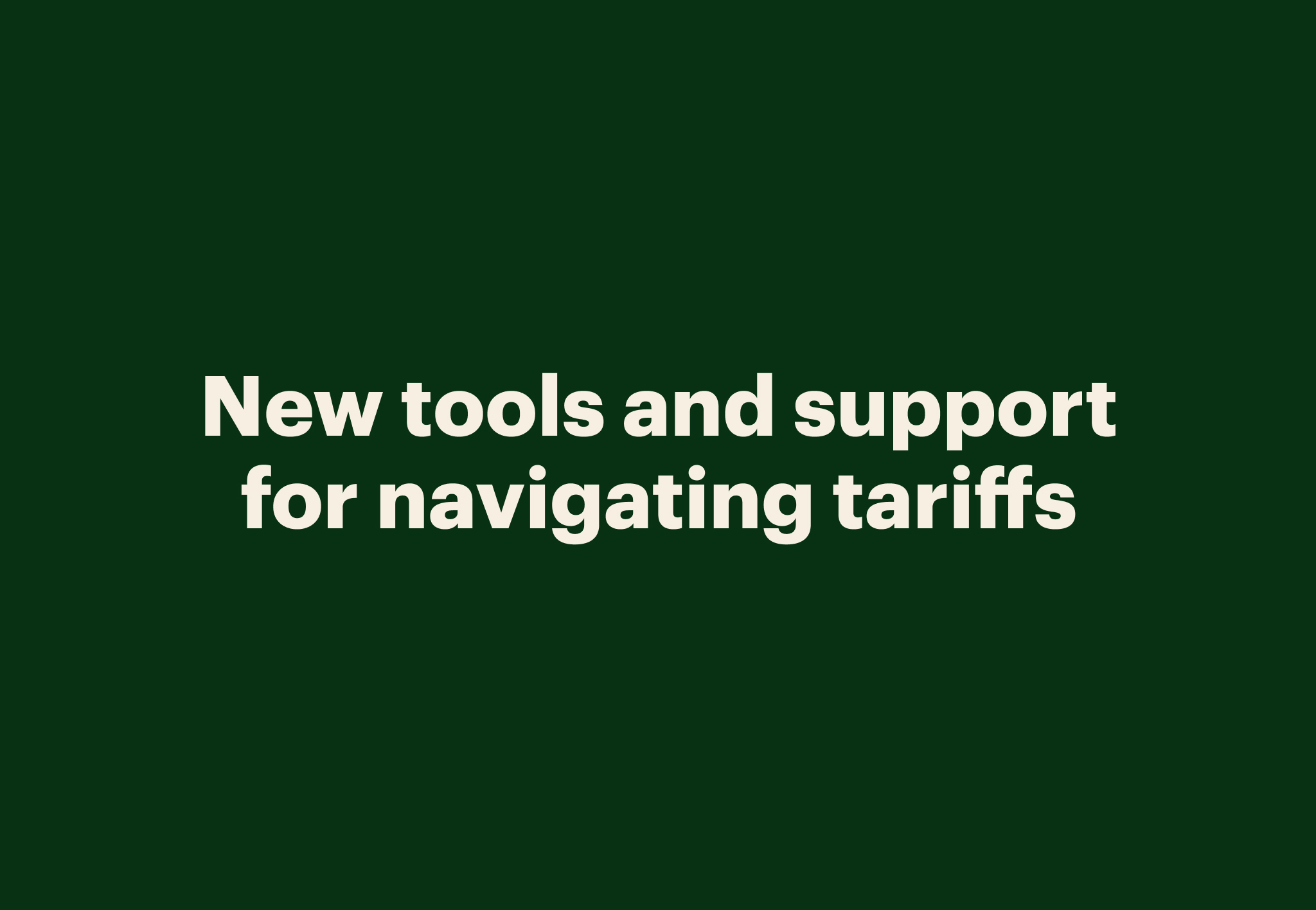

One year ago, we shared tips on how to keep customers safe as retail stores slowly reopened to reduced capacity and new safety guidelines. Now, as local shops across the country fully reopen and some U.S. cities lift mask mandates, brick-and-mortar business owners are once again adapting to an ever-changing retail landscape.
The CDC’s recent guidelines regarding Covid-19 safety tasks state and local governments—as well as local businesses—with setting their own regulations. This means that shop owners are faced with a new set of decisions regarding the safety of their customers and staff. To get you started, we’ve outlined some recommendations on how you can continue to acclimate your store to new retail practices while keeping yourself and others comfortable.
Establish your regulations upfront
With mask mandates being lifted in many cities, it’s up to brick-and-mortar business owners to decide what safety measures their shop will uphold. There are several questions you’ll need to ask yourself when writing the rules for your store. Will you have a capacity limit? Will you require masks? What will your return policy be? If you sell clothing, will customers be permitted to try-in store, or will you be doing appointment-based shopping?
Once you’ve answered the hard questions, it’s important to clearly communicate these regulations to your customers and staff. Shoppers are more likely to follow your guidelines if they’re clear and concrete. Consider placing a sign in the window or at the entrance to your shop outlining your policies, and reiterate these guidelines with signs throughout the store. Make sure your staff is on the same page and prepared to inform guests of the appropriate protocols.
Implement online shopping
In 2020, most retailers were forced to find a way to allow customers to shop at their stores online. According to a report released in April 2021 by the U.S. Census Bureau, consumers spent about $196 million dollars online in the first quarter of 2021, up 39% from last year. This suggests that online shopping is here to stay, and convenience is as important to customers as ever. By having an e-commerce store, you’ll not only allow customers who are hesitant to return to in-person shopping to purchase unique products from your brick-and-mortar business online, but you’ll also be widening your customer base to anyone with an internet connection. If you created a temporary online store in the past year, it may be time to make it permanent.
Form a permanent web presence
Your web presence goes beyond just offering online shopping. With a continued move towards digital commerce, it’s important that potential consumers can find you on the internet. If you haven’t already, consider creating a social media presence either on Instagram or Facebook. Social media is a great place to connect with other local shops and potential customers, and it’s an easy way to advertise any unique items or sales happening in your shop. You can even post your store’s safety guidelines online so visitors know what to expect.
Rethink the layout of your store
In a March 2021 survey of Faire retailers, 74% of participants said they were still enacting social distancing guidelines. This indicates that safe shopping is still top of mind for retailers and consumers—even as CDC guidelines change. Your brick-and-mortar business might have enacted temporary measures in order to maximize social distancing, and moving forward, you may want to make some of these changes more permanent.
Approach the layout of your store based on ease of access and flow of foot traffic. Make sure there’s plenty of room for customers to move between displays and set up the checkout counter in a way that avoids congestion. You can even designate a separate entrance and exit to reduce overcrowding at the doors. Some local shops made the shift to a one-way direction of traffic through the store. Try to eliminate the need for people to touch an excessive amount of handles or knobs by keeping the doors open on a nice day and putting more items on display rather than inside drawers.
Continue curbside pickup and contactless payments
A majority of retail stores had to quickly adapt to Covid-19 safety regulations by implementing curbside pickup, and this trend doesn’t seem to be going anywhere. In a survey of Faire retailers, over 50% of participants said they were still offering curbside pickup as of March 2021. As your brick-and-mortar business is adapting to change, this is another practice you may want to make more permanent. Curbside pickup allows customers who still may not feel safe in indoor crowded spaces to continue to shop for the brands they love. It also reduces store congestion by allowing customers who know exactly what they want to pick it up without having to walk through the entire shop.
Another new retail industry trend likely to stick around is the use of contactless payments. Early on in the Covid-19 outbreak, it was common for local shops to eliminate the use of cash and reduce the handling of credit cards by implementing contactless payments. Mobile payments like Apple Pay, Google Pay, PayPal, and more are easy to download onto a smartphone and allow customers to safely checkout without having to touch anything. It’s likely that consumers will continue to look to this type of transaction for its ease and speed of use.
Up your cleaning game
Over 60% of surveyed Faire retailers shared they were still using more stringent cleaning procedures as of March 2021. Hand sanitizer is likely to be a staple of retail stores for some time to come, so stock up and provide sanitization stations at a few locations throughout your brick-and-mortar business. Continue to thoroughly disinfect all surfaces throughout the day, and consider whether you want to keep any protective barriers between staff and customers. Many local shops have also adopted the practice of quick temperature checks at the entrance.
Lastly, ensure that your staff stays safe and healthy. If employees are showing symptoms of any illness, encourage them to stay home. If necessary, provide face masks and gloves to staff, and give them personal sanitation products to disinfect their working area.
Shop unique wholesale products for your brick-and-mortar business on Faire.




